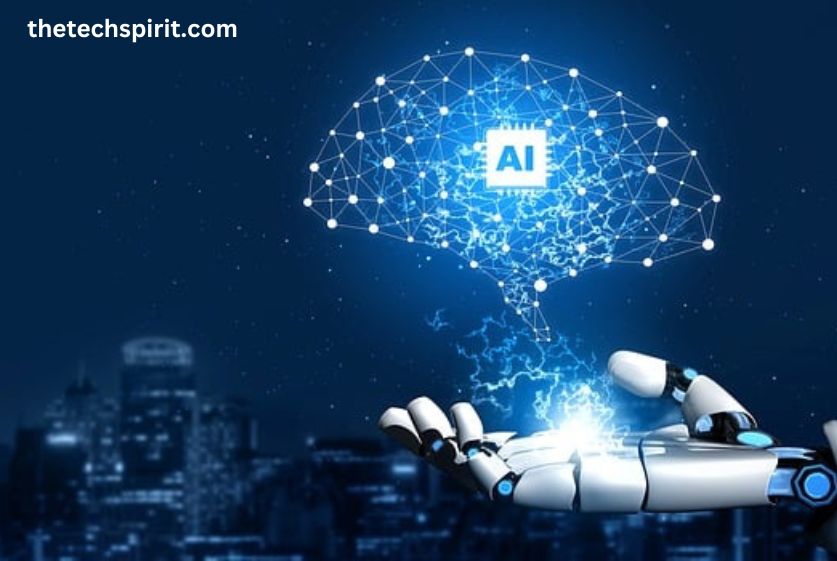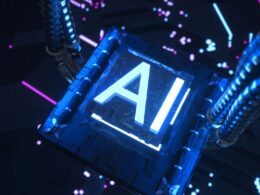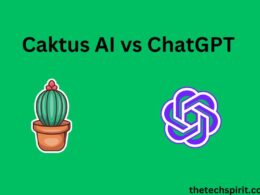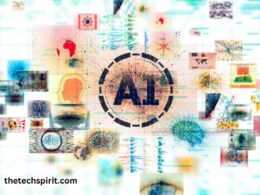Artificial intelligence (AI) refers to computer systems that can perform tasks that typically require human intelligence. AI is transforming many industries through a variety of specialized branches and applications. I will provide an overview of the major branches of artificial intelligence driving recent advancements in the field.
Table of Contents
History of AI
To understand the current state of AI, it helps to understand how the field has progressed over time.
Early AI Systems
The first steps toward AI were taken in the 1950s when computer scientists began designing basic game-playing and logical reasoning programs. Early systems were limited but demonstrated that computers could complete at least basic tasks considered to require intelligence.

Rise of Modern AI
AI capabilities remained fairly limited until the 2000s when the rise of big data, advanced algorithms, and increased computing power enabled more complex AI systems. This marked the beginning of the modern AI era which has brought revolutionary changes through data-driven approaches like machine learning.
The availability of vast datasets combined with neural networks that can learn from these data has enabled major leaps forward.
Major Branches of Artificial Intelligence
There are several major branches fueling today’s advancements in AI:
Machine Learning
The most prominent branch is machine learning, which involves creating algorithms that can analyze data and learn from it without explicit programming. There are main three types of machine learning:
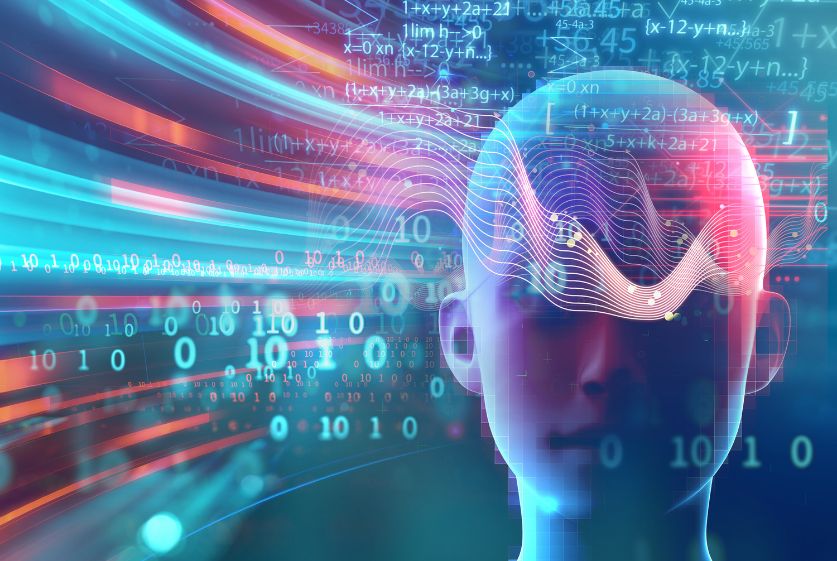
Supervised Learning
Algorithms are trained using labeled example data, enabling them to map new inputs to desired outputs. Used for classification and regression tasks.
Unsupervised Learning
Algorithms must find patterns and structure in unlabeled data with no example outputs. Used for tasks like clustering.
Reinforcement Learning
Algorithms interact dynamically with an environment, learning behaviors through trial-and-error that maximize rewards. Used to develop complex behavior and strategies.
Computer Vision
Another rapidly advancing field is computer vision, aimed at enabling computers to identify, process, and understand digital images and videos at human or even superhuman levels through specialized models and neural networks. Major focus areas include:
Image Recognition
Identifying and classifying the primary object or scene in an image.
Object Detection
Locating instances of objects within images, including precise bounding boxes around them.
Image Segmentation
Partitioning images into separate objects/regions through pixel-level analysis.
Natural Language Processing (NLP)
Enabling computers to understand, process, and generate human languages is the focus of NLP. Current NLP capabilities rely heavily on machine learning. Dominant applications include:
Speech Recognition
Transcribing and transforming human speech into text.
Machine Translation
Automatically translating text or audio from one language to another.

Sentiment Analysis
Identifying emotional tone, subjective opinions, attitudes, etc. within textual data.
Robotics
Developing robots with increasing levels of intelligence and capability is an active area of AI research. Key focuses include:
Navigation and Mapping
Enabling autonomous movement through dynamic, complex environments.
Manipulation
Coordinating robotic limbs, grippers, and actuators to handle objects.
Human-Robot Interaction
Creating intuitive interfaces and natural communication between humans and robots.
Applications
These branches of Artificial Intelligence support a vast array of practical applications:

Healthcare
AI is improving medical diagnoses and treatment plans through pattern recognition, precision medicine, drug discovery, and medical robotics. Chatbots and virtual nurses are making healthcare more accessible.
Business
AI is boosting efficiency through predictive analytics, decision automation, marketing personalization, chatbots, intelligent agents, and more tailored business applications.
Education
AI tutors and virtual facilitators are enabling personalized education. Adaptive learning platforms automatically adjust to each student’s level and needs. AI is assessing student work and providing feedback.
Future of AI
The future possibilities of AI are tremendous yet raise important considerations:
Ethical Considerations
As AI is increasingly trusted with impactful tasks, accountability, and ethical principles are required to address risks of bias, overreach, and unintended harm. Approaching AI development responsibly is crucial.
Regulation
Governing bodies still lack comprehensive frameworks to appropriately oversee many societal impacts of AI. Developing sensible regulations to address risks without limiting progress remains tricky but necessary.
Continued Expansion
assuming responsible innovation, advanced AI looks poised to drive paradigm shifts across even more aspects of human society. The field will continue rapidly ascending into innovative new territory.
With dedicated research across multiple branches, AI is becoming smarter and more capable each day. These versatile technological tools hold both profound promise and a degree of peril. Maintaining broad and ethical perspectives will help guide these transformative capabilities toward the greatest societal benefit as the intelligence of machines continues to expand.
Conclusion
Artificial intelligence is a multifaceted field fueled by groundbreaking work across key branches including machine learning, computer vision, natural language processing, and robotics. Supported by vast datasets and modern algorithms, AI innovation is accelerating to deliver practical advantages spanning healthcare, business, education, and more.
We must pursue future AI progress carefully and responsibly. If cultivated prudently, AI has the potential to greatly serve individuals and the broader human experience.
FAQs
What are the main branches of AI?
The most active branches propelling cutting-edge AI innovation include machine learning, computer vision, natural language processing, robotics, and data science methodologies leveraging big data analytics, neural networks, and algorithms.
How is AI used in business?
Common business uses of AI include predictive analytics, marketing personalization, automated customer service chatbots, intelligent business process automation, and a wide range of analytics tools for optimizing operations, costs, and efficiency.
Is AI used in healthcare?
Yes, AI is being applied in healthcare for improved diagnoses, personalized medicine, accelerated drug discovery, advanced medical imaging analytics, virtual nursing assistants, hospital workflow optimization, robotic surgery assistants, and more.
Is AI safe?
Like any powerful technology, AI comes with risks if not cultivated carefully and ethically. However, through responsible research and application, AI methods and autonomous systems can be designed with critical safeguards in place to minimize harm.
What are the ethical issues around AI?
Key ethical considerations for AI involve privacy risks, propensity for bias and unfair outcomes, lack of accountability or explicability in some systems, potential job losses, and moral questions around autonomous decision-making carrying significant impacts. Responsible policies, practices, and governance can help address these concerns.





